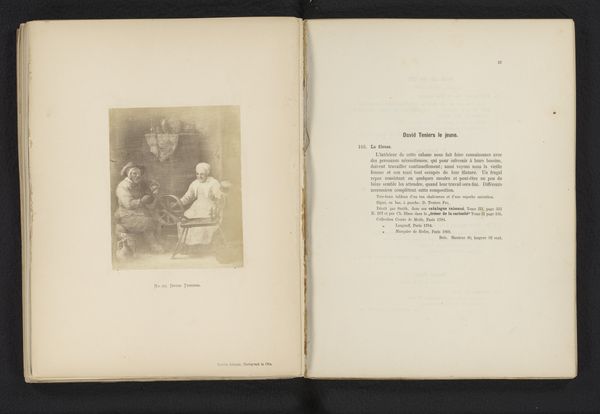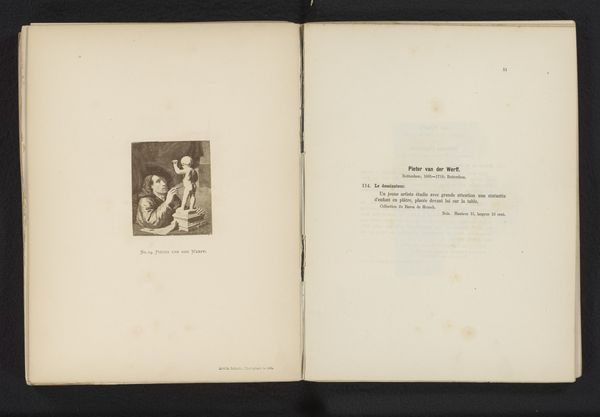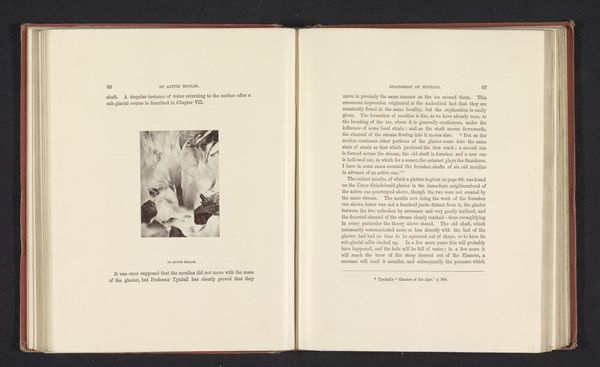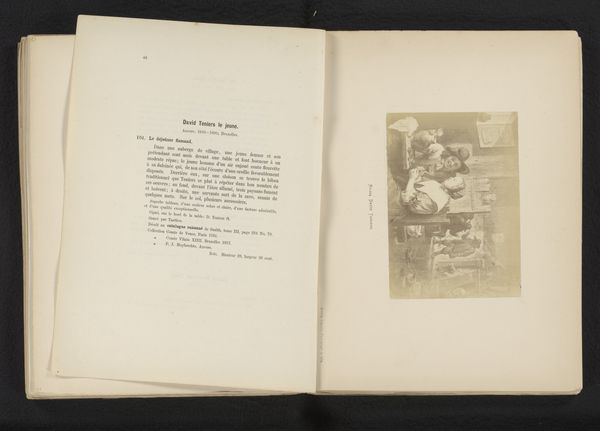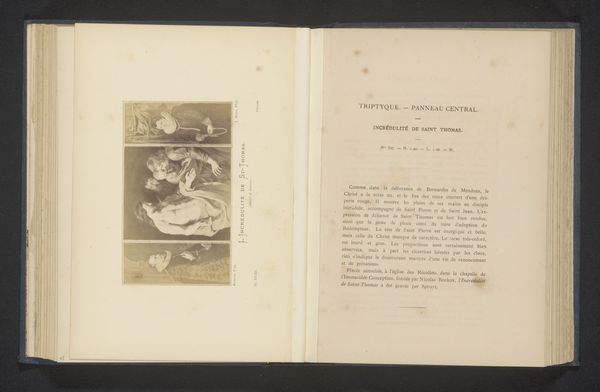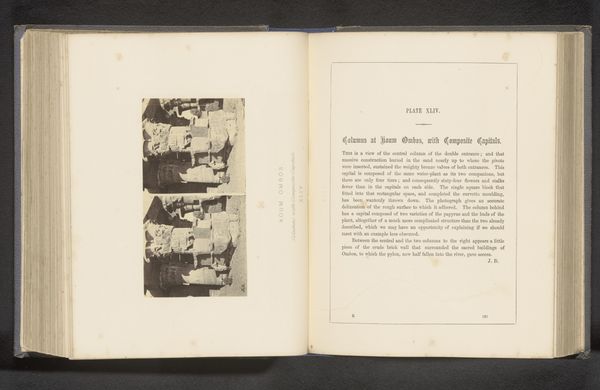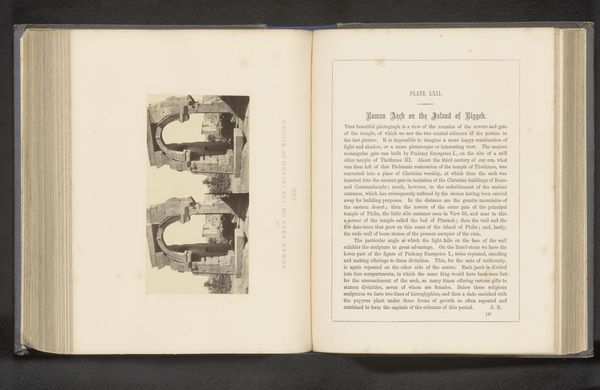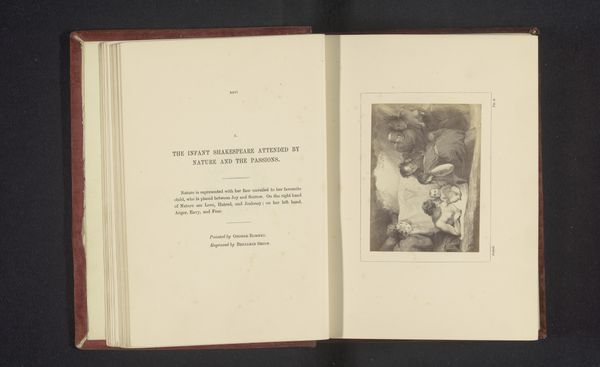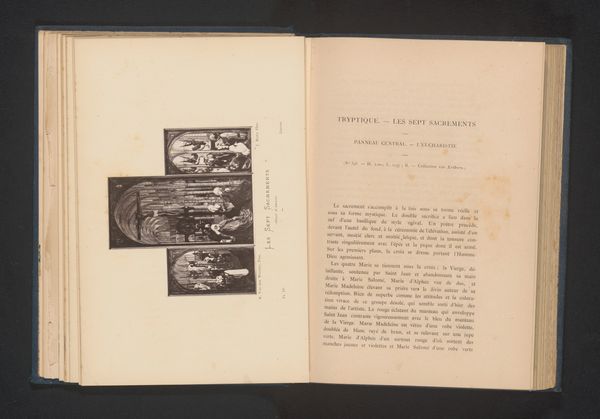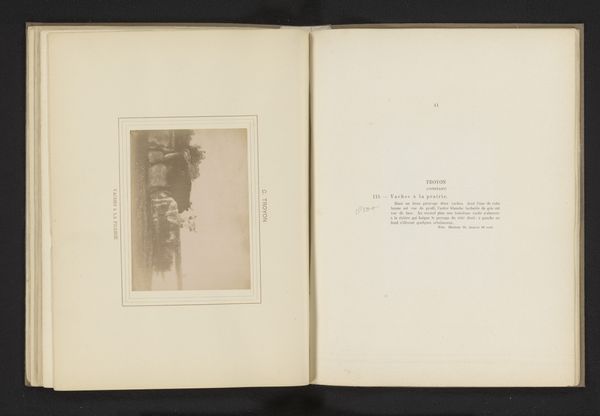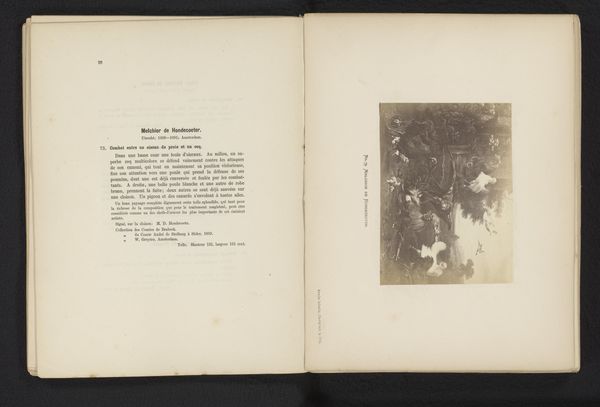
Fotoreproductie van een schilderij van Maria met kind en Johannes de Doper before 1876
0:00
0:00
painting, print, paper, fresco, photography
#
portrait
#
painting
# print
#
paper
#
fresco
#
11_renaissance
#
photography
#
northern-renaissance
Dimensions: height 102 mm, width 74 mm
Copyright: Rijks Museum: Open Domain
Editor: Here we have a photographic reproduction of a painting, titled "Fotoreproductie van een schilderij van Maria met kind en Johannes de Doper"—that's "Photographic Reproduction of a Painting of Mary with Child and John the Baptist"—dating from before 1876, by Anselm Schmitz. It looks like a very muted, delicate image. What's your interpretation? Curator: Well, the crucial detail here isn't just that it's a religious image, but that it's a *reproduction*. Its creation reflects the increasing accessibility of art to a wider public in the 19th century through photography. Who was this image for and how did it function differently from the original painting, the fresco that’s mentioned, do you think? Editor: I suppose photography allowed a wider distribution of religious imagery, to people who maybe couldn’t visit a church or a gallery. A mass-produced form of devotional art, in a way? Curator: Exactly! It democratizes the image, takes it out of the elite circles of patrons and galleries, and places it into a broader, potentially more commercial sphere. And the fact that it depicts Mary, Jesus, and John the Baptist links to societal values around motherhood and faith that the reproduction might reinforce. Editor: So the image is less about the artist and more about what it tells us about society at the time. Did photographic reproductions have a huge impact on artistic styles and trends? Curator: Definitely. Think about how artists began to grapple with the idea of mechanical reproduction challenging the uniqueness and aura of a handcrafted artwork. It made way for debates about authenticity and artistic value, shaping the course of modern art in profound ways. Editor: It’s interesting how a simple photograph can tell us so much about the public role of art in the past. Curator: Precisely. Seeing it as more than just a picture lets you understand its influence beyond aesthetic considerations.
Comments
No comments
Be the first to comment and join the conversation on the ultimate creative platform.
